Faces of Humanity exhibition clip
Artist Statement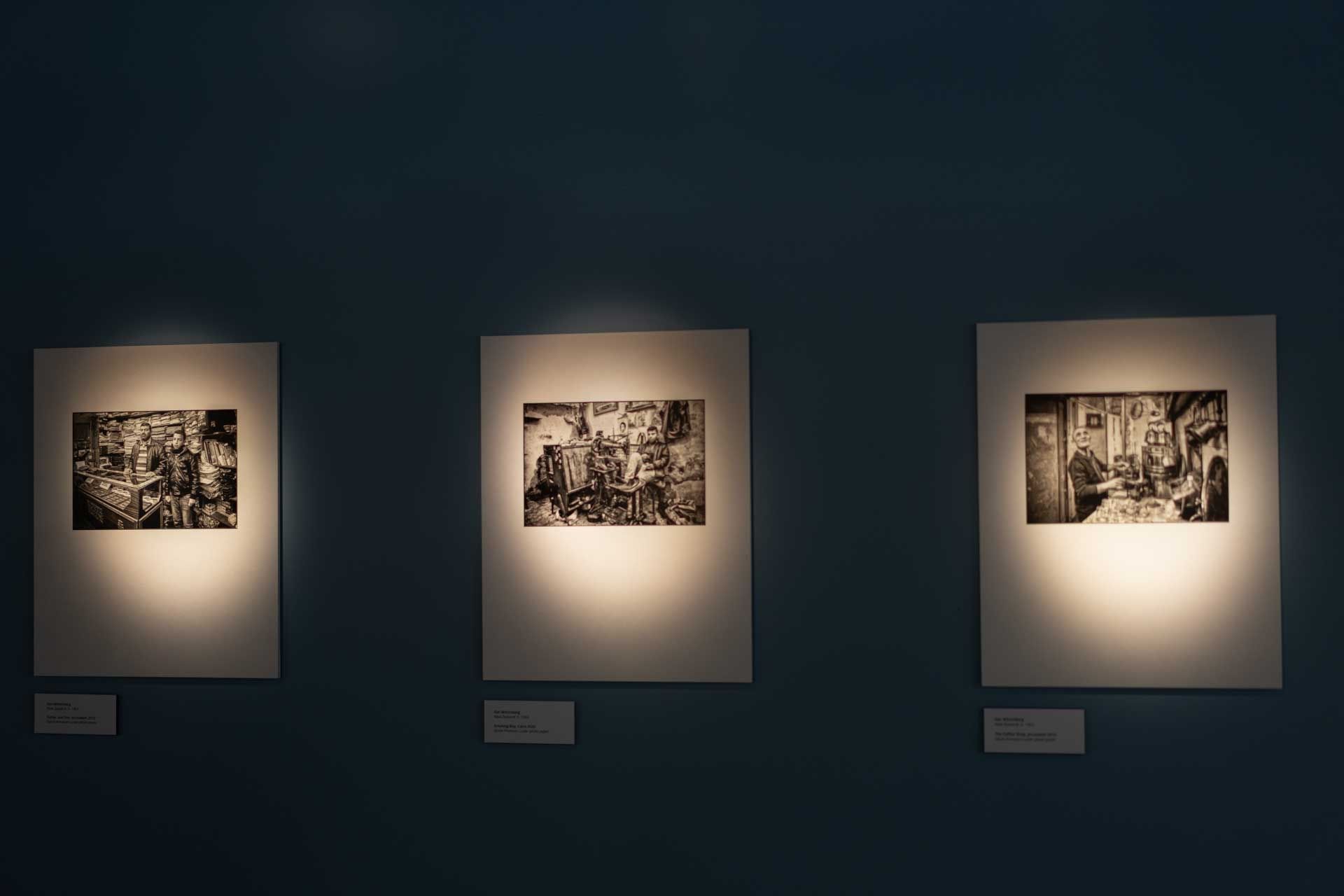
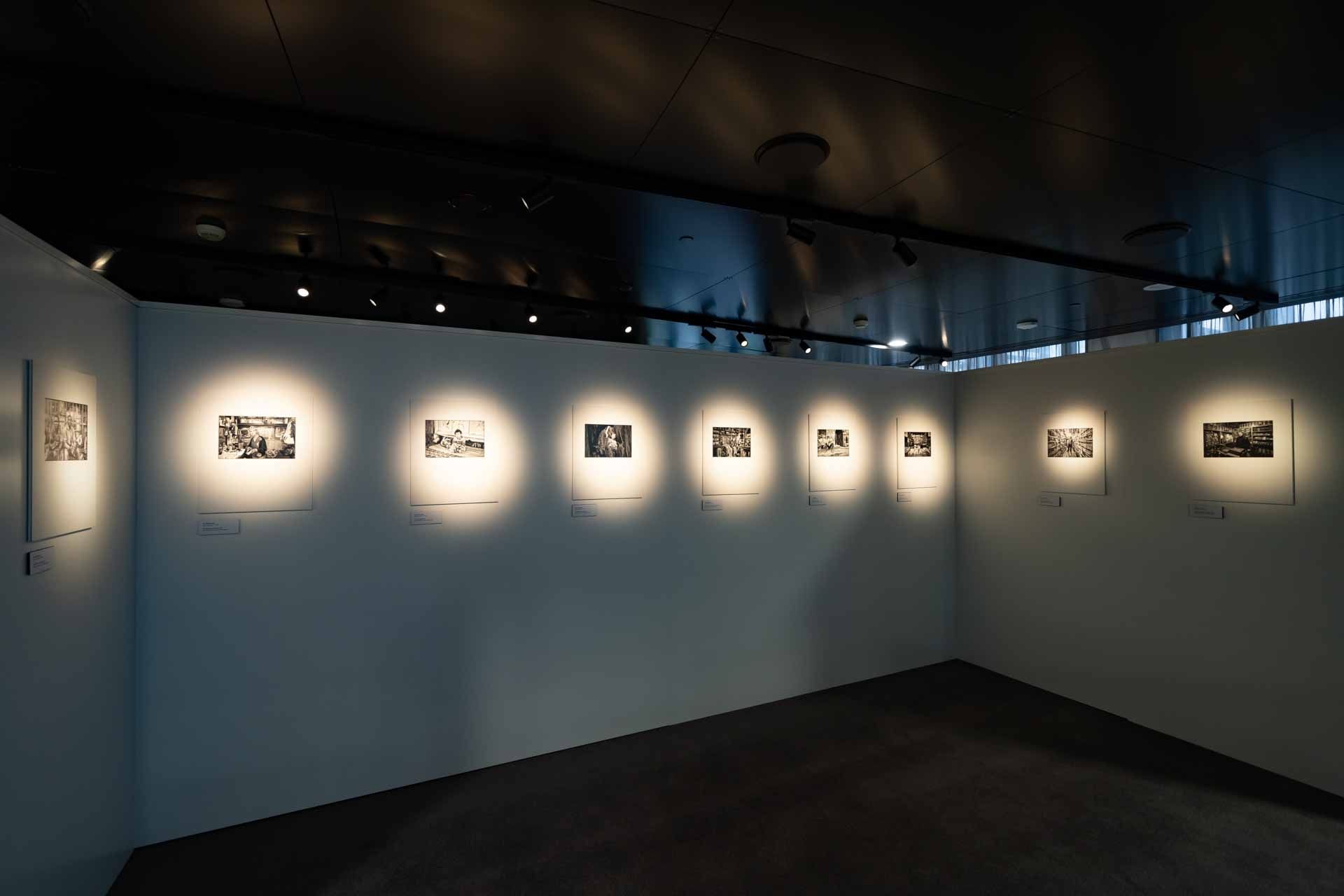
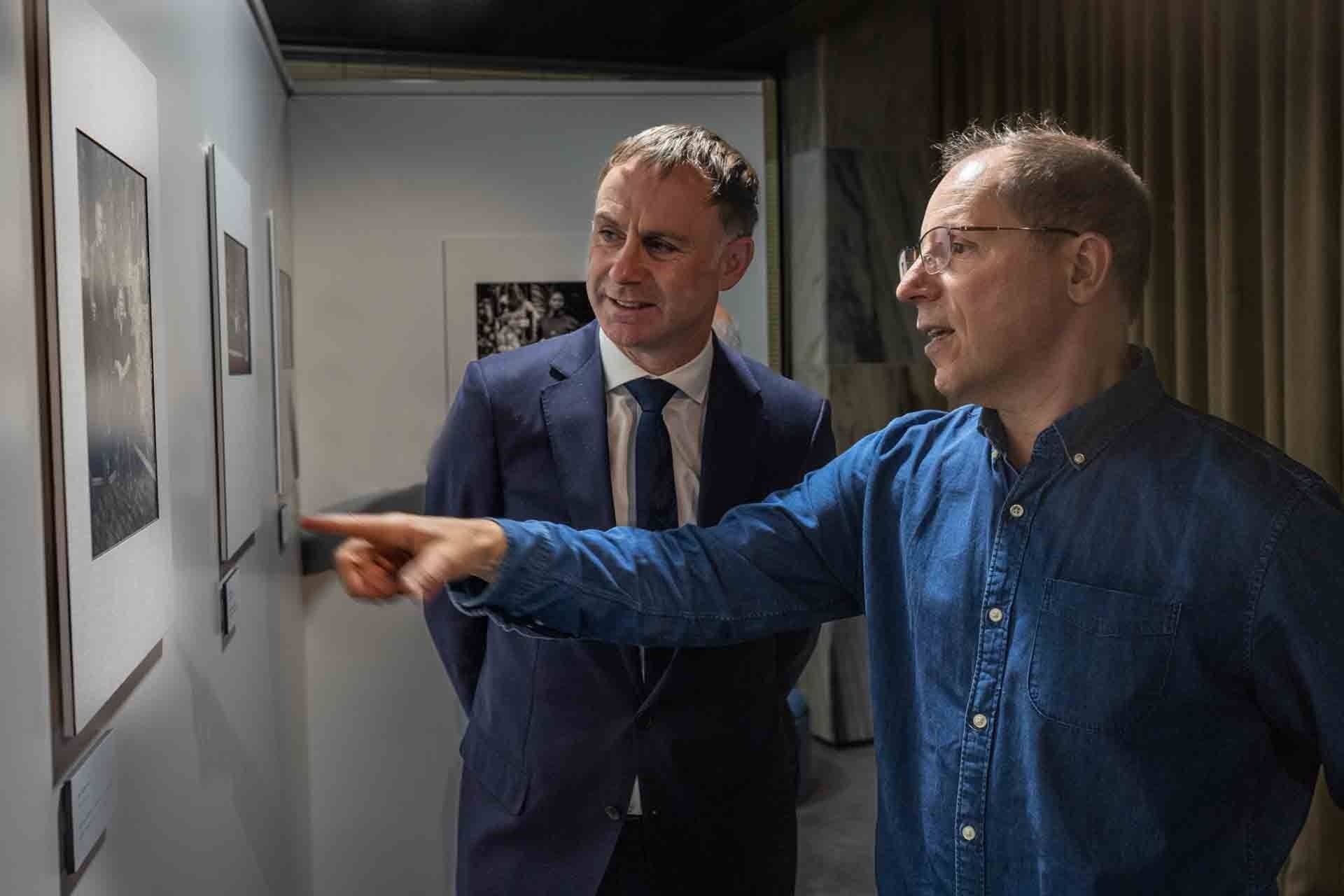
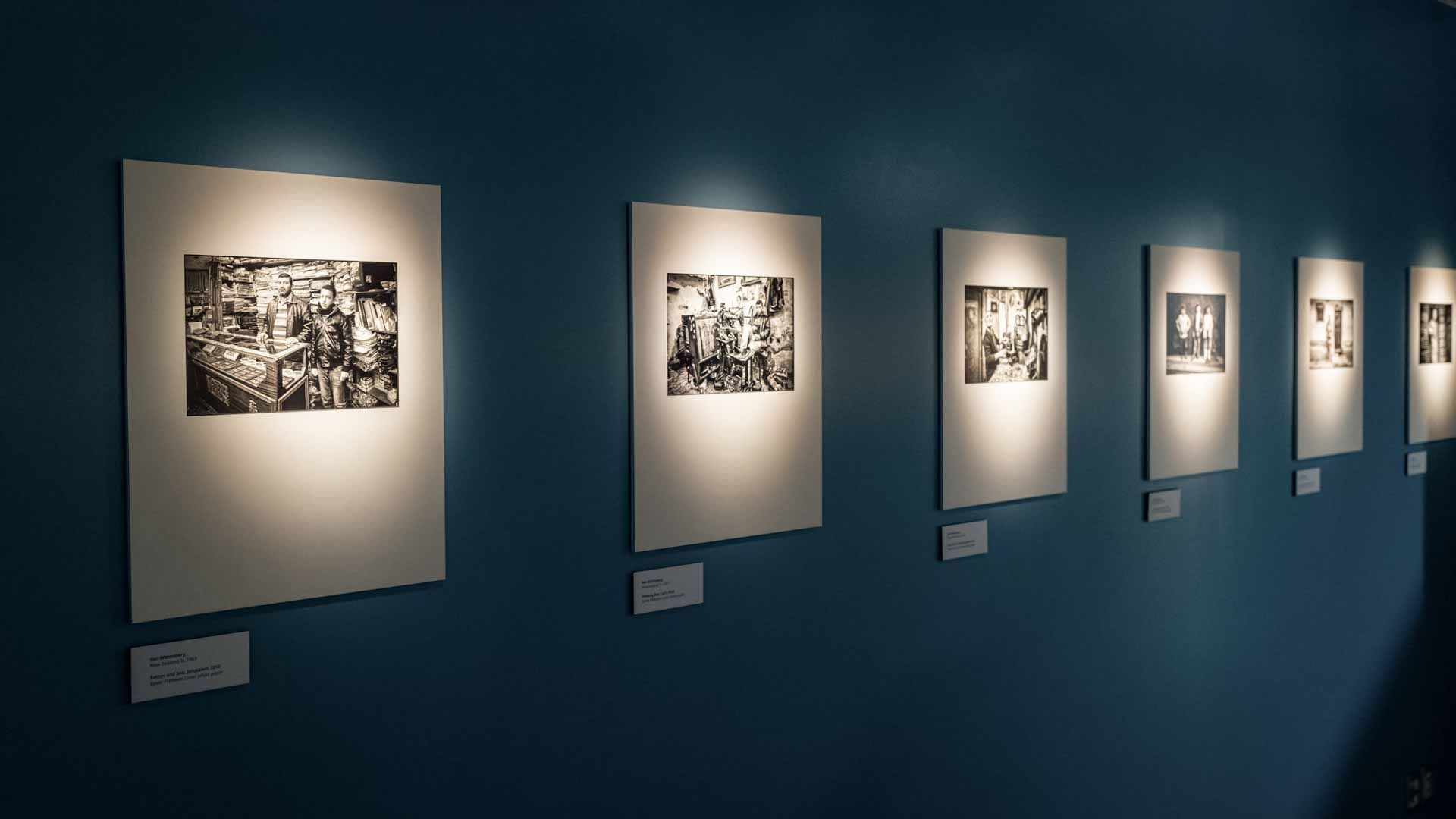
Artist Statement



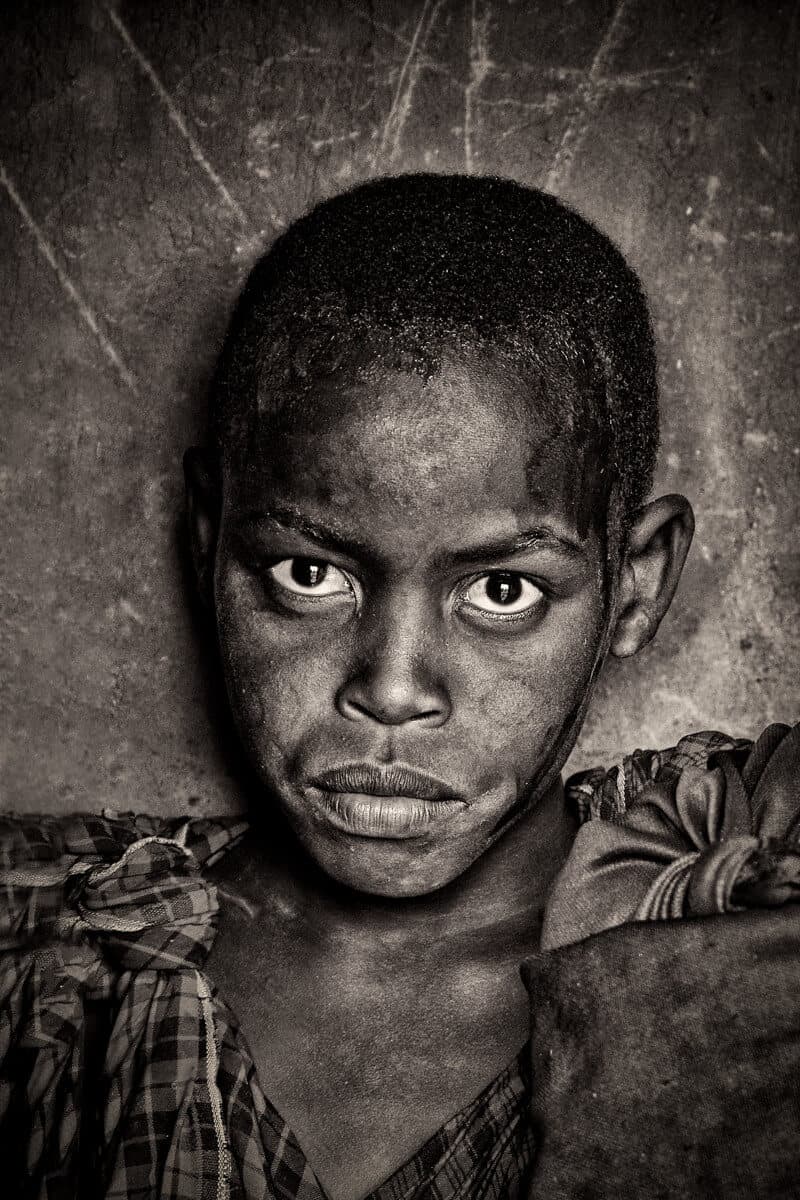
Timid: Winner of the 2020 SONY Alpha Awards Editorial category. Semi-Finalist at 2020 hEAD oN Photo Festival
‘Timid’ is part of a collection of captivating portraits of the Maasai people from Tanzania. I found myself deeply inspired upon meeting the Maasai tribe and realised the opportunity to document their unique culture which is being eroded by Western influence and modern technology. On a personal level, this reminds me of the true value of photography: preserving memories in order to relive special stories and pass them on to others. Through this series of carefully composed photographs, the Maasai people can share their rich culture with the world.
The collection is presented in a film-noir monochrome, capturing these portraits in a classically timeless style; lending a unifying appearance that emulates analogue lithographic techniques. I wanted viewers to focus on the humanity aspect of each portrait: expression, body language, shape and form. I eliminated distracting colours to ensure that viewers focus on the people within the photos and make emotional connections with the Maasai.
This is a documentary collection; most of the photos had little or no retouching. I waited for people to look straight into the camera so we can see highlights in their eyes. The strength of the series is in giving viewers an opportunity to connect with the Maasai people in their natural environment. This diverse group of people serves as a timely reminder that despite our many cultural differences, we can unite as a community through the power of photography. I hope that through this portfolio viewers learn more about the Maasai culture. We are all wonderfully unique, yet at the same time, we are deeply the same.
I aim to depict the Maasai culture in an authentic and honest way, using a clear narrative style which shows the significance of their culture, as well as their individual personalities. My goal is to provoke viewers imagination regarding the traditions of the Maasai people and the stories behind their portraits. In sharing this portfolio, I encourage viewers to show tolerance: to accept all people and to recognise the value of cultural diversity. We would all experience an enhanced sense of community if we took the time to appreciate interactions which allow us to discover the world beyond our familiar boundaries.
From here to Africa is a collection of captivating portraits of the Maasai people from Tanzania.
“I found myself deeply inspired upon meeting the Maasai tribe and realised the opportunity to document their unique culture which is being eroded by Western influence and modern technology,” said Wittenberg.
“On a personal level, this reminds me of the true value of photography: preserving memories in order to relive special stories and pass them on to others. Through this series of carefully composed photographs, the Maasai people can share their rich culture with the world.”
The collection is presented in a film-noir monochrome, capturing these portraits in a classically timeless style; lending a unifying appearance that emulates analogue lithographic technique, she said.
“I wanted viewers to focus on the humanity aspect of each portrait: expressions and body language, shapes and forms. I eliminated distracting colours to ensure that viewers focus on the people within the photos and make emotional connections with these individuals,” said Wittenberg.
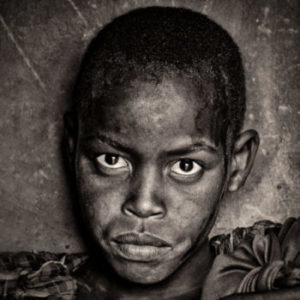
“I aim to depict the Maasai culture in an authentic and honest way, using a clear narrative style which shows people the significance of their culture, as well as their individual personalities.
“My goal is to provoke your imagination regarding the traditions of the Maasai people and the stories behind their portraits.”
In sharing this portfolio, Wittenberg encourages viewers to show tolerance, to accept all people and to recognise the value of cultural diversity.
“We would all experience an enhanced sense of community if we took the time to appreciate interactions which allow us to discover the world beyond our familiar boundaries,” she said.
From here to Africa was also selected as a featured exhibition at the 2020 Head On photo festival in Sydney.
The show will run from February 28 to April 24 at Uxbridge Arts and Culture, Howick.
Opening Event: Friday, February 28 at 7:30pm with keynote speaker Sir Bob Harvey.
Artist Talk: Saturday, March 7 at 11am.
Malcolm Smith Gallery
Uxbridge Arts and Culture,
35 Uxbridge Rd, Howick
FRI – MON 10 am – 4pm
TUE – THU 10am – 9pm
Admission is Free
Amy is a fighter and a beautiful soul. She was diagnosed with grade 3 aggressive breast cancer in January 2016. It turns out that Amy’s family has the BRCA1 mutation: a tumour suppressor gene. Each child of a carrier has a 50% chance of inheriting the gene and each carrier has extremely high risk of cancer. Five of her six great aunts died of cancer by their forties. Amy had four different chemotherapy drug treatments as well as radiation treatment. Amy had a positive response to treatment and the 5 cm tumor was totally destroyed! The surgeries were prophylactic. Amy underwent bilateral mastectomy with a two phase silicon reconstruction as well as a total Salpingo-oophorectomy (surgery to remove the ovaries and fallopian tubes). Amy also had a hysterectomy surgical operation to remove her uterus in order to prevent reproductive cancer. Knowing she has beaten what by nature ought to have been certain death, gives Amy a sense of immediacy and urgency in life. There is no sense in waiting or hesitating because there is no guarantee of tomorrow! Amy is a dressmaker and a body painter who is now planning a six month trip around the world. Her stunning portrait is now part of “Eyes are Windows to the Soul” portfolio.
William and his friend Kim were shopping at the Takapuna Sunday market when I approached them. Kim was slightly kindly agreed to drive William to my studio following my car, her average speed was 35 Km/h… William spent 4.5 years in Mt Eden prison for robbing a dairy (a small convenience store in New Zealand). He always told his family that he will end up there. In prison he became part of the Mongrel Mob! He was diagnosed as schizophrenic after leaving prison so is now under heavy medication. Click here to see more.
My mother Shoshana, posing as Albert Einstein! Outrageous mom is almost 83 and had a minor stroke last year. She has recovered beautifully and is very busy. Waking up early, Shoshana goes swimming at the local beach. She also volunteers at the local primary school, teaching young kids about deep breathing, meditation, relaxation techniques, correct posture, healthy eating, chakras and spirituality! Mom has recently started to practicing playing on a piano, following her grandson example… She practices Qigong and uses special healing bowls using deep vibrating sound! Click here to see more!
“This photo hangs proudly in my house as a reminder of my personal evolution. Two years ago I was in the depths of my human resources career. Slogging it out by day & discretely moonlighting as a performing artist, competitive pole dancer & sexuality student outside of the 9 to 5 job. I had held secret dreams of working in the sexuality space since I first went to University; but swallowed back those ideas, instead heading into something a lot more traditional. Somewhere in my mid-20s those ideas bubbled back up in a demanding way & I dived back into personal exploration & professional study of sexuality, love & relationships. I’m now a full time sexuality, love & relationships coach & am often totally amused by the dichotomy between my then & now. This beautiful work by Ilan reminds me of a homecoming; the return to what I romantically refer to as my true nature.” Click here to see more!